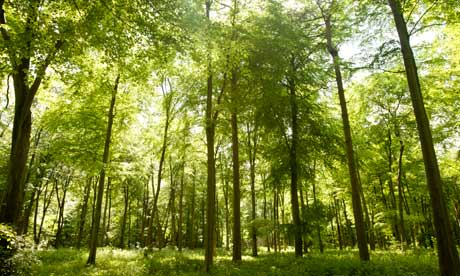In May 2011, a postdoctoral student at Los Alamos National Laboratory named Park Williams set out to predict the future of the dominant iconic conifers of the American Southwest — the Douglas fir, the piñon pine and the ponderosa pine. As the planet warms, the Southwest is projected to dry out and heat up unusually fast — few places will be more punishing to trees. Williams couldn’t rely on climate models, whose representations of terrestrial vegetation remain crudely unspecific. He needed a formula that could accurately weigh the variables of heat, aridity and precipitation, and translate atmospheric projections into a unified measure of forest health.
For decades, all over the planet, heat-aggravated droughts had been killing trees: mountain acacia in Zimbabwe, Mediterranean pine in Greece, Atlas cedar in Morocco, eucalyptus and corymbia in Australia, fir in Turkey and South Korea. A year earlier, a group of ecologists had published the first global overview of forest health. They described droughts whose severity was unequaled in the “last few centuries” and documented “climate-driven episodes of regional-scale forest die-off.” They couldn’t prove causality, but if the warming climate was responsible, they warned, “far greater chronic forest stress and mortality risk should be expected in coming decades.”
From a tree’s perspective, excessive heat may be as deadly as lack of water. To photosynthesize, a tree opens pores in its leaves called stomata and inhales CO2. Solar-charged chemical reactions then transform the CO2 into carbohydrates — the raw stuff of leaves and wood. During this process, a fraction of the tree’s internal water supply evaporates through its stomata, creating the negative pressure that pulls water from the soil into the tree’s roots, through its trunk and up to its canopy. But heat juices the rate at which trees lose moisture, and that rate escalates exponentially with temperature — so small temperature increases can cause a photosynthesizing tree to lose dangerous amounts of water. “Forests notice even a one-degree increase in temperature,” says Williams.

